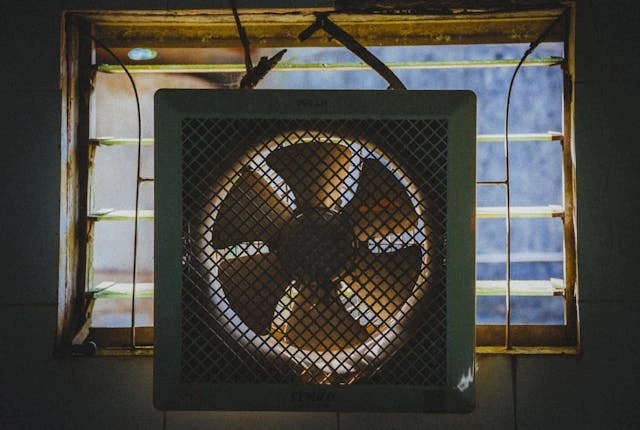The Hidden Cost of Neglected HVAC Systems: Financial and Health Implications
Did you know that a significant number of homes have neglected HVAC systems? These overlooked systems can not only drive up energy costs but also pose serious health risks to the occupants.
Think it doesn’t impact you? Consider this: neglecting your HVAC system could be costing you hundreds of dollars each year and exposing you to various health hazards right in your own home.
In this discussion, we will reveal compelling data that highlights the true costs of an unmaintained HVAC system. By the end, you may feel motivated to give your system the attention it deserves.
Increased Energy Consumption and Utility Bills:

Among the primary hidden costs of neglecting HVAC systems is increased energy consumption, resulting in soaring utility bills. According to the U.S.
Department of Energy (DOE), poorly maintained HVAC systems can waste between 10% and 30% of energy consumption.
This inefficiency not only burdens the environment but also adds unnecessary financial strain for both residential and commercial consumers.
Properly maintaining HVAC systems through regular filter replacements, cleaning, and inspections can significantly improve efficiency and reduce energy consumption.
Premature System Failure and Expensive Repairs
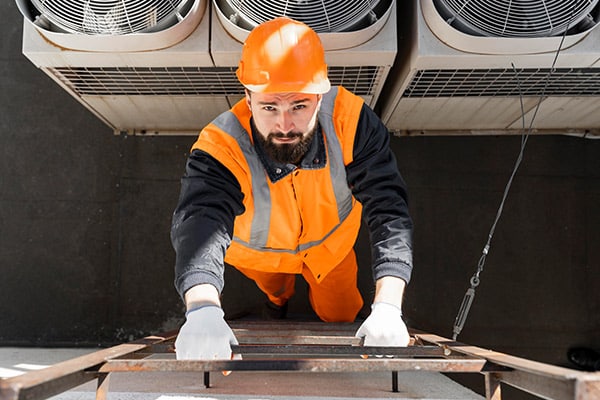
Neglecting regular maintenance can result in premature system failure, leading to costly repairs or even complete system replacement.
A study by FacilitiesNet Building Operating Management magazine found that 40% of HVAC system failures are due to inadequate maintenance.
Replacing an entire HVAC system can cost anywhere from several thousand to tens of thousands of dirhams, depending on the system's size and complexity.
This financial strain can be avoided through regular inspections, cleaning, and minor repairs, which can help extend the lifespan of the HVAC system and reduce the risk of unexpected breakdowns.
Reduced Indoor Air Quality and Health Risks:
Neglected HVAC systems can turn into breeding grounds for allergens, pollutants, and mold, resulting in poor indoor air quality (IAQ) and potential health hazards.
The Environmental Protection Agency (EPA) has identified indoor air pollution as one of the top five environmental risks to public health. Accumulated dust, pollen, bacteria, and other contaminants can build up in dirty filters, ducts, and coils within HVAC systems.
When the system is activated, these pollutants can circulate throughout the building, potentially triggering or worsening respiratory issues, allergies, and other health problems.
According to the American College of Allergy, Asthma & Immunology, poor IAQ can lead to asthma attacks and exacerbate allergy symptoms.
Regular maintenance, including filter changes, duct cleaning, and coil cleaning, is crucial for preserving good indoor air quality and ensuring a healthy living or working environment. By proactively addressing these issues, individuals can lower the risk of respiratory illnesses and create a safer space for occupants.
Increased Sick Building Syndrome and Reduced Productivity
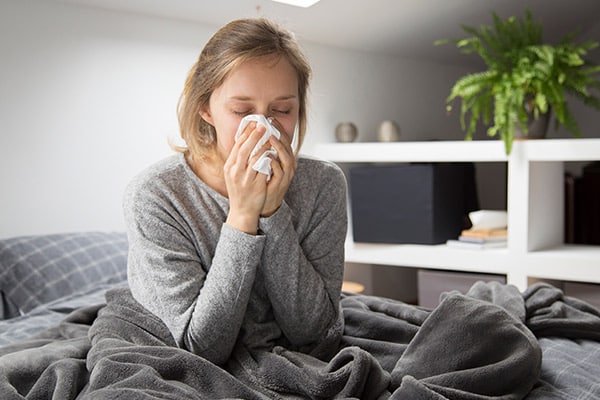
Sick Building Syndrome (SBS) refers to a range of symptoms experienced by individuals in environments with poor indoor air quality (IAQ).
The World Health Organization (WHO) reports that approximately 30% of newly constructed or remodeled buildings worldwide have issues related to indoor air quality.
Inadequate HVAC maintenance exacerbates SBS by allowing pollutants to accumulate and circulate throughout the building.
This can lead to symptoms such as headaches, dizziness, fatigue, and respiratory irritation. SBS not only impacts the health and well-being of occupants but also results in decreased productivity and higher absenteeism, costing businesses substantial amounts.
A study published in the Journal of Occupational and Environmental Hygiene found that improving IAQ in an office setting resulted in a 9% increase in productivity.
By prioritizing regular HVAC maintenance and ensuring optimal indoor air quality, businesses can foster a healthier and more productive work environment, ultimately benefiting their bottom line.
Environmental Impact and Sustainability
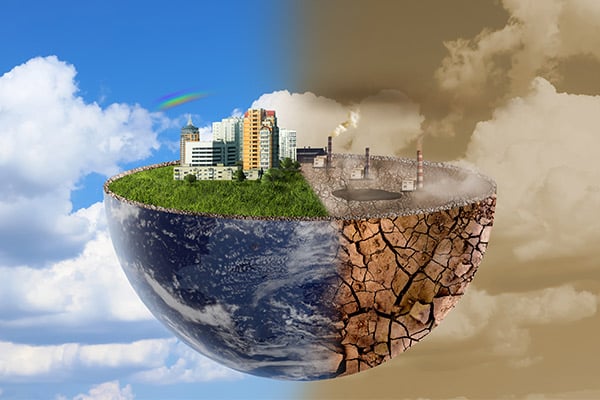
Another hidden cost of HVAC systems is their negative effect on the environment and sustainability initiatives. HVAC systems represent a significant portion of a building's energy consumption, and inefficient systems lead to higher greenhouse gas emissions.
The International Energy Agency (IEA) estimates that buildings account for about 28% of global CO2 emissions.
Neglected HVAC systems that waste energy contribute to this environmental challenge. By investing in regular maintenance, cleaning, and upgrades to more energy-efficient systems, individuals and businesses can lower their carbon footprint and promote a greener future.
Moreover, proper HVAC maintenance supports sustainability goals by extending the lifespan of equipment. Maximizing the useful life of HVAC systems reduces the need for manufacturing new units and disposing of old ones, thereby minimizing overall environmental impact.
Conserving resources and embracing energy-efficient practices not only benefits the environment but also leads to long-term financial savings.
Preventing Hidden Costs: Maintenance Tips
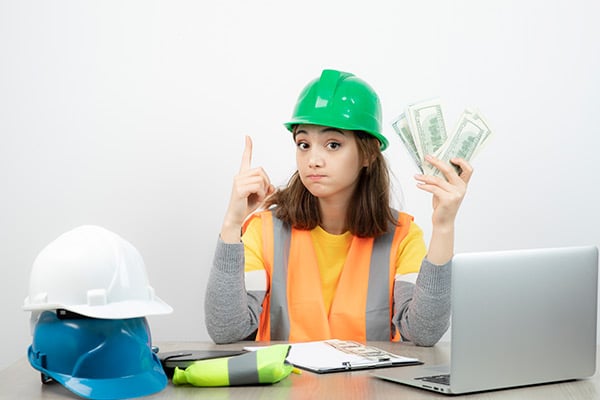
Once you understand the implications of neglected HVAC systems, you can take steps to mitigate costs. Here are key recommendations from professionals to help prevent hidden expenses and extend the life of your HVAC system.
Routine Inspections
Regular inspections are advised by experts everywhere. Homes that undergo annual HVAC inspections experience up to 25% fewer system malfunctions. These routine checks help identify issues early, preventing potential large-scale problems.
Changing Filters Regularly
The efficiency of your HVAC system relies significantly on clean filters. Changing them regularly can improve system efficiency by up to 15%, resulting in substantial savings over time due to better HVAC performance.
Cleaning and Sealing Ducts
Ducts serve as more than just the airways of your home. Clean ducts can reduce indoor pollutants by approximately 28%, fostering healthier indoor environments and lowering health risks. Additionally, sealing and insulating ducts can greatly enhance energy efficiency.
Upgrading When Necessary
Investing in modern HVAC technology can be beneficial. Upgraded, energy-efficient systems can save homeowners a significant amount of money while providing superior comfort and reducing energy consumption. Don’t worry about the initial costs of upgrading; these investments pay for themselves over time.
Conclusion
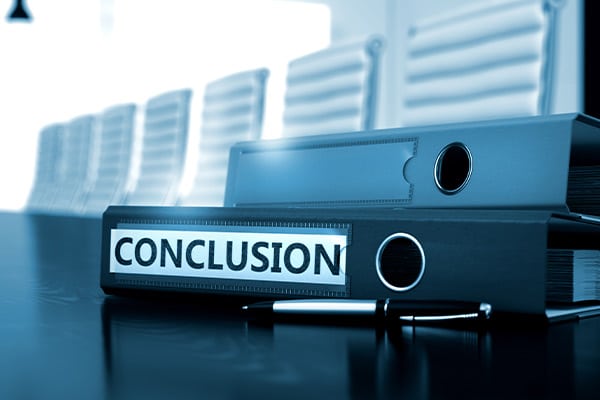
Neglecting HVAC system maintenance entails hidden costs that extend beyond the initial financial investment.
Increased energy consumption, soaring utility bills, premature system failure, expensive repairs, diminished indoor air quality, health risks, and decreased productivity are just a few of the consequences of disregarding regular HVAC care.
To mitigate these risks, it’s essential to schedule routine inspections, cleanings, and filter replacements for HVAC systems.
By investing in regular maintenance, both homeowners and businesses can save money, enhance indoor air quality, and create a healthier, more comfortable living and working environment.
Keep in mind that neglecting HVAC maintenance not only creates a financial burden but also poses potential health risks.
Take proactive steps today to safeguard your HVAC system and enjoy the long-term benefits.


